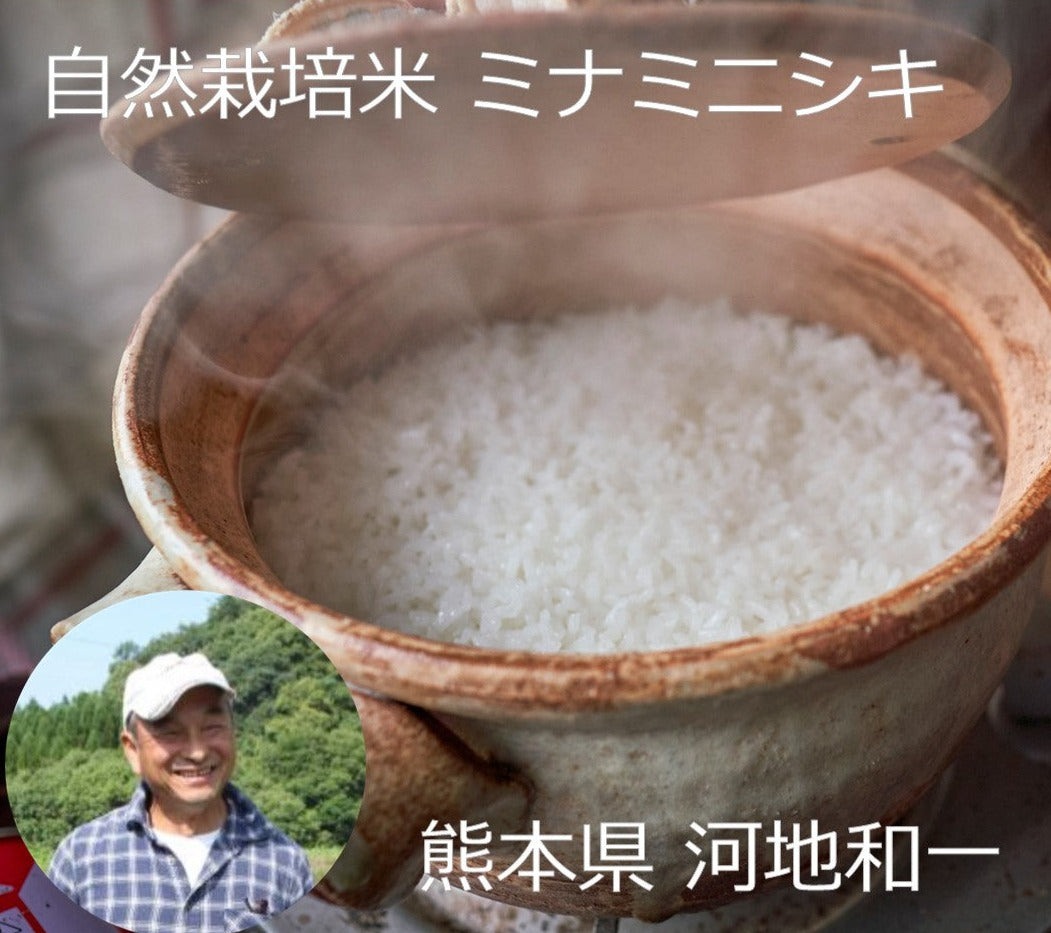Access Denied
IMPORTANT! If you’re a store owner, please make sure you have Customer accounts enabled in your Store Admin, as you have customer based locks set up with EasyLockdown app. Enable Customer Accounts
1
/
of
1
〈 Mifune Town, Kumamoto Prefecture 〉 Kazuichi Kawachi
★【2023 Rice】Kawachi Kazukazu's Naturally Grown Rice Minaminishiki
★【2023 Rice】Kawachi Kazukazu's Naturally Grown Rice Minaminishiki
Regular price
¥3,573
Regular price
Sale price
¥3,573
Unit price
/
per
Tax included.
Shipping calculated at checkout.
Couldn't load pickup availability
Varieties
Varieties
Minami Nishiki
Producer
Producer
Kazuichi Kawachi
Producing area
Producing area
Mifune Town, Kumamoto Prefecture
Farming method
Farming method
Natural cultivation (for over 10 years)
Species Information
Species Information
Home-grown seeds from Minami Nishiki for 12 years
Size and Capacity
Size and Capacity
3kg and 5kg

Special Packaging-Kraft Paper Rice Bag
For customers who have chemical sensitivities or are concerned about odor transfer, we offer special packaging (for a fee).
If you would like, please also add the following items to your cart:
-
[Special packaging] Inner and outer plastic bag packaging, no newspaper used (craft paper and air packing used)
Regular price ¥660Regular priceUnit price / per -
[Special packaging] No cellophane tape or back sealing tape used + inner and outer plastic bag packaging, no newspaper used (craft paper and air packing used)
Regular price ¥990Regular priceUnit price / per
Invalid password
Enter


![[Special packaging] Inner and outer plastic bag packaging, no newspaper used (craft paper and air packing used)](http://online.rootspurely.com/cdn/shop/products/S__69902383.jpg?v=1678758760&width=533)
![[Special packaging] No cellophane tape or back sealing tape used + inner and outer plastic bag packaging, no newspaper used (craft paper and air packing used)](http://online.rootspurely.com/cdn/shop/products/1538be8053fedfb01065becc52727051.png?v=1679712714&width=533)